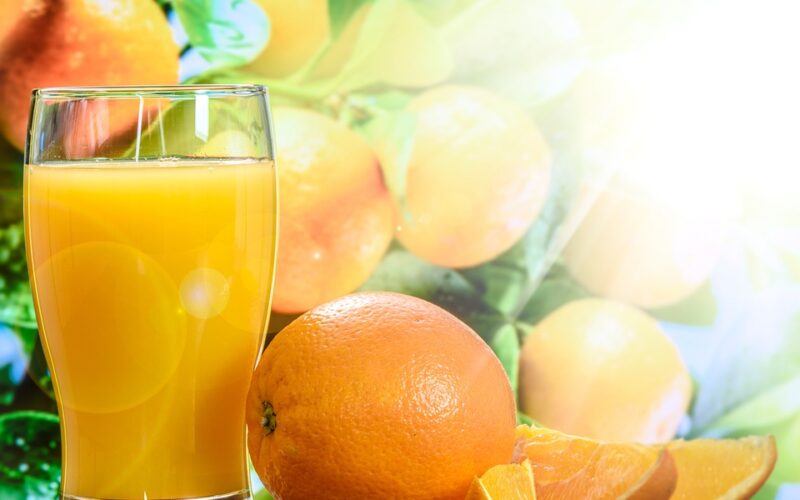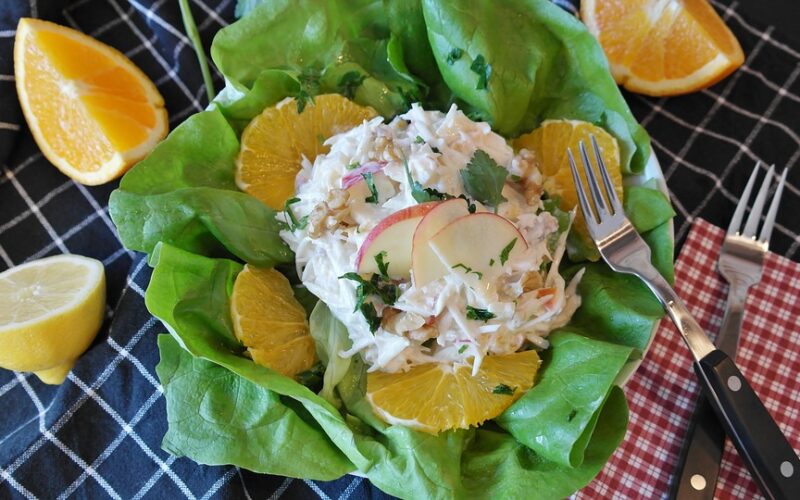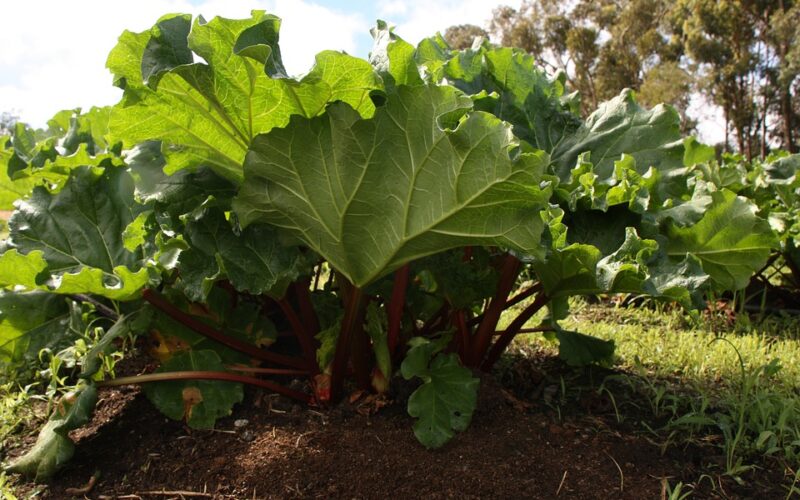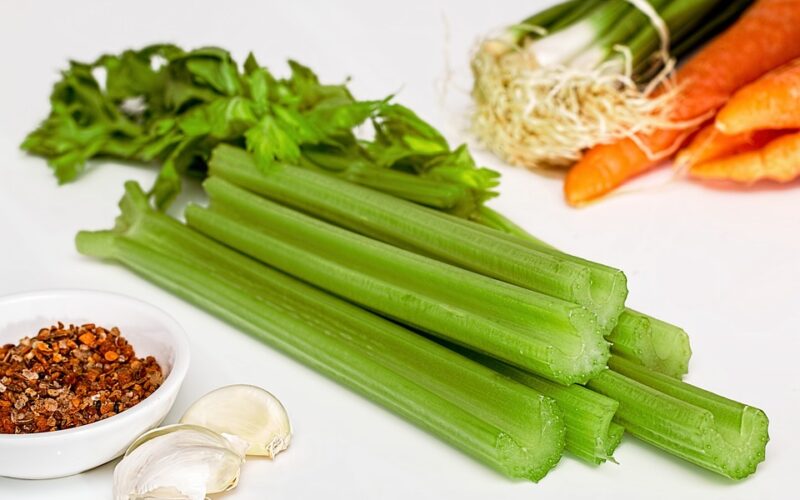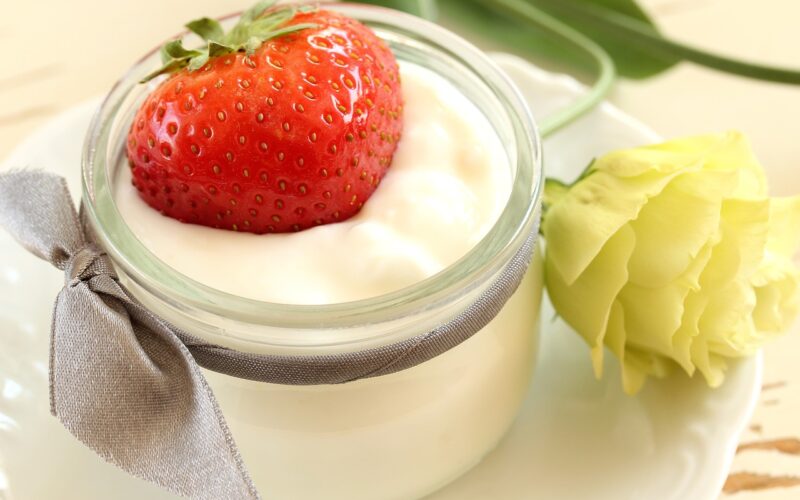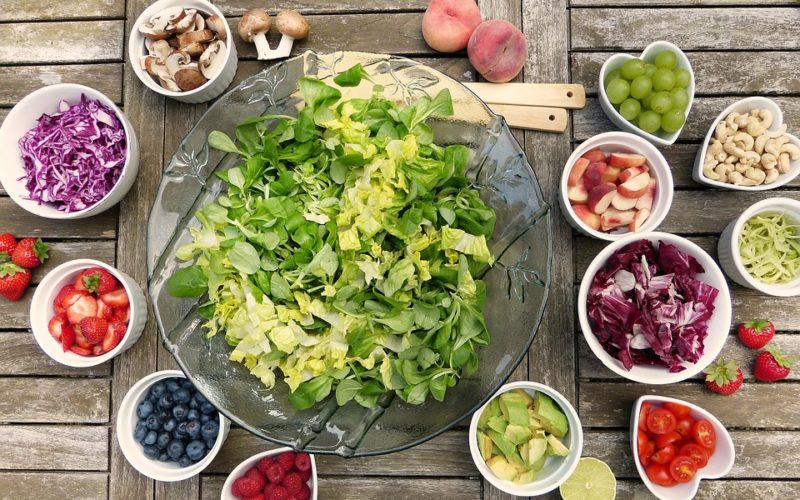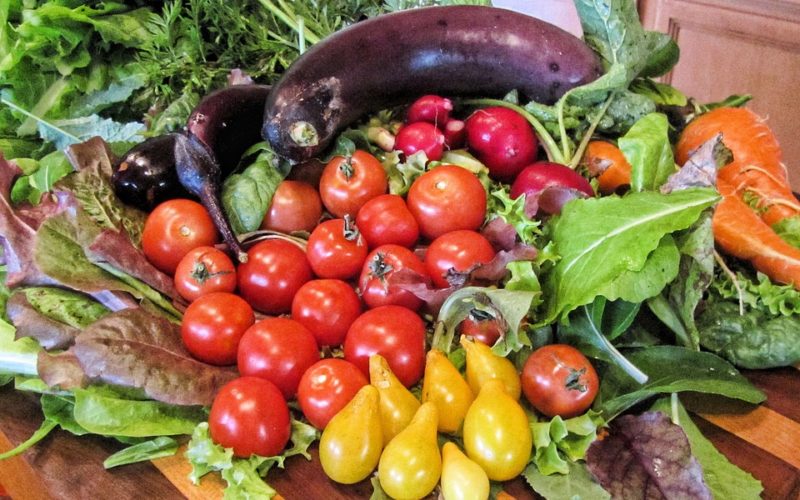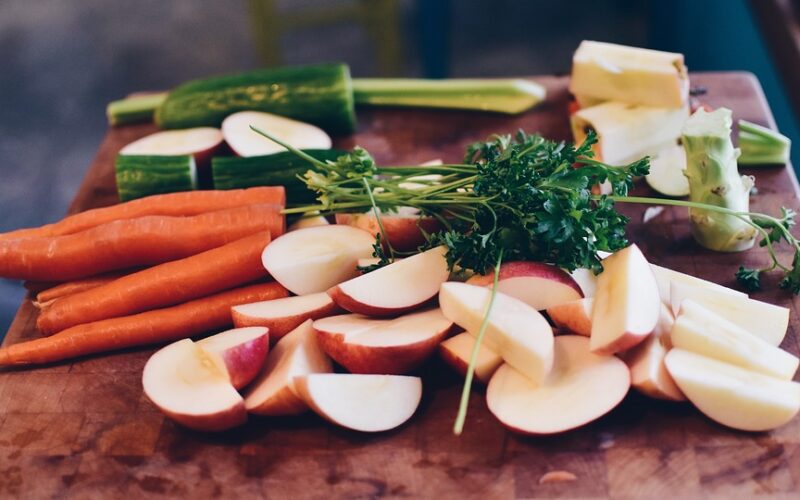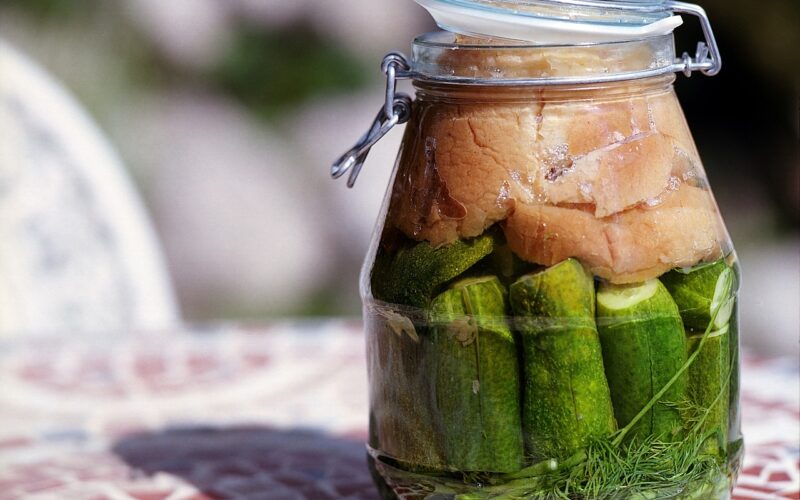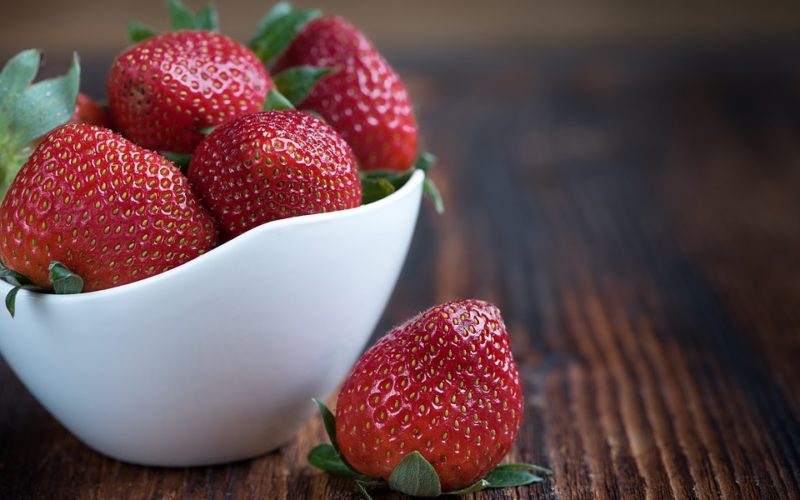Try Juicing
Are you feeling frustrated with your current attempts to lose weight? You may want to consider juicing. Juicing is a great way to consume natural, nutritious fruits and vegetables while getting a powerful boost of vitamins and minerals.
While juicing has some clear benefits, including improved health, increased energy levels, and better digestion, it can also have some hidden drawbacks like high sugar content or excess waste generation.
What is juicing
Juicing is a health-conscious trend that is gaining popularity due to its reputed benefits. Juicing involves extracting fruit and vegetable juice from the source fruit or vegetable, creating a drink that may be enjoyed as an easy and nutrient-packed beverage.
People juice various fruit and vegetables such as apples, carrots, leafy greens, oranges, and more for whatever benefit that particular fruit or vegetable provides.
Depending on the components and amount of fruit or vegetable used in the juice, the beverage can contain a variety of essential vitamins, minerals, antioxidants, enzymes and other natural elements that are believed to provide numerous health benefits.
Benefits of juicing
Juicing is quickly becoming a popular way of nourishing and energizing oneself. Not only can it provide you with essential vitamins, minerals, and antioxidants to help keep your energy levels up, but it is also a great way to aid in weight loss.
Juices are usually rich in fibre, which helps keep you feeling full for longer periods, helping to prevent snacking or overeating. The freshness of vegetable juice also provides numerous benefits to your health that enhance energy levels. Nutrition experts recommend juicing as a positive addition to incorporating healthy foods into meals and snacks throughout the day.
Drawbacks of juicing
A popular nutrition trend in recent years is juicing, which involves extracting the juice from fruits and vegetables to produce a potent drink.
Though juicing can have benefits such as increasing vegetable intake, it does come with certain drawbacks. One issue is nutrient loss. In the juicing process, certain compounds can be lost along with the fibre which can reduce the healthy contents of these drinks.
Additionally, juices are naturally high in sugar and when separate from their fibre sources can lead to an unhealthy spike in blood sugar levels. Juicing also tends to be expensive and time consuming, making it difficult for people on a tight budget or with limited time to keep up with this lifestyle in the long term.
It's important to recognise both the advantages and disadvantages of juicing before making a decision to pursue it as part of your nutrition routine.
How to juice properly for the best results
Juicing can be an effective way to boost your nutrient intake, but only if it is done correctly. To get the most out of juicing for health benefits, you should always use high quality ingredients and clean them thoroughly. Make sure to select fruits and vegetables that are ripe and in season to enjoy their full flavour.
Additionally, you should consult a nutritionist or dietitian before beginning a juicing regimen as a dietary supplement, so that you know how much of each ingredient to use. Lastly, use a cold press juicer rather than a centrifugal one to get the maximum yield from your fruits and veggies while preserving their nutrients.
With these simple tips in mind, you can juice more effectively for the best results!
Juicing recipes for beginners
If you’re a juicing beginner and feeling overwhelmed by the plethora of flavours, vegetables, fruits and herbs you can add to your juice, don’t worry! Many recipes exist to make your first juicing experience fun, with tasty results.
To start your juicing journey, try a simple vegetable combo such as carrot and orange for an invigorating drink that leaves you full of natural energy. For a more adventurous combination, try apples, kale and ginger for a detoxifying punch! Add some lemon or mint to either juice for a flavour boost.
If juicing isn’t in line with your dietary needs, consider blending smoothies instead, utilizing frozen fruits like banana and strawberries along with Greek yogurt and nut milk is sure to give you delicious results.
However you choose to enjoy it, just remember that getting creative with good ingredients is a part of the joy when it comes to making fresh juices or smoothies!
Keeping your juicer clean
Keeping your juicer clean is essential for a fresh tasting drink every time. Start by making sure to rinse the parts of your juicer right after use, as dried pulp can be tougher to remove. Using a dish brush and hot, soapy water is one of the best ways to get your juicer squeaky clean.
For the toughest residues, try adding baking soda or white vinegar to your cleaning solution for an extra powerful clean. Always read through the manufacturer’s instructions before you decide on what cleaning materials are appropriate for your machine.
You should also regularly disassemble and rinse out all removable parts, avoiding leaving small bits behind, as these can start to spoil. Keeping a clean juicer will help it stay hygienic and running smoothly; ensuring that you have always have delicious juice ready when you need it!
